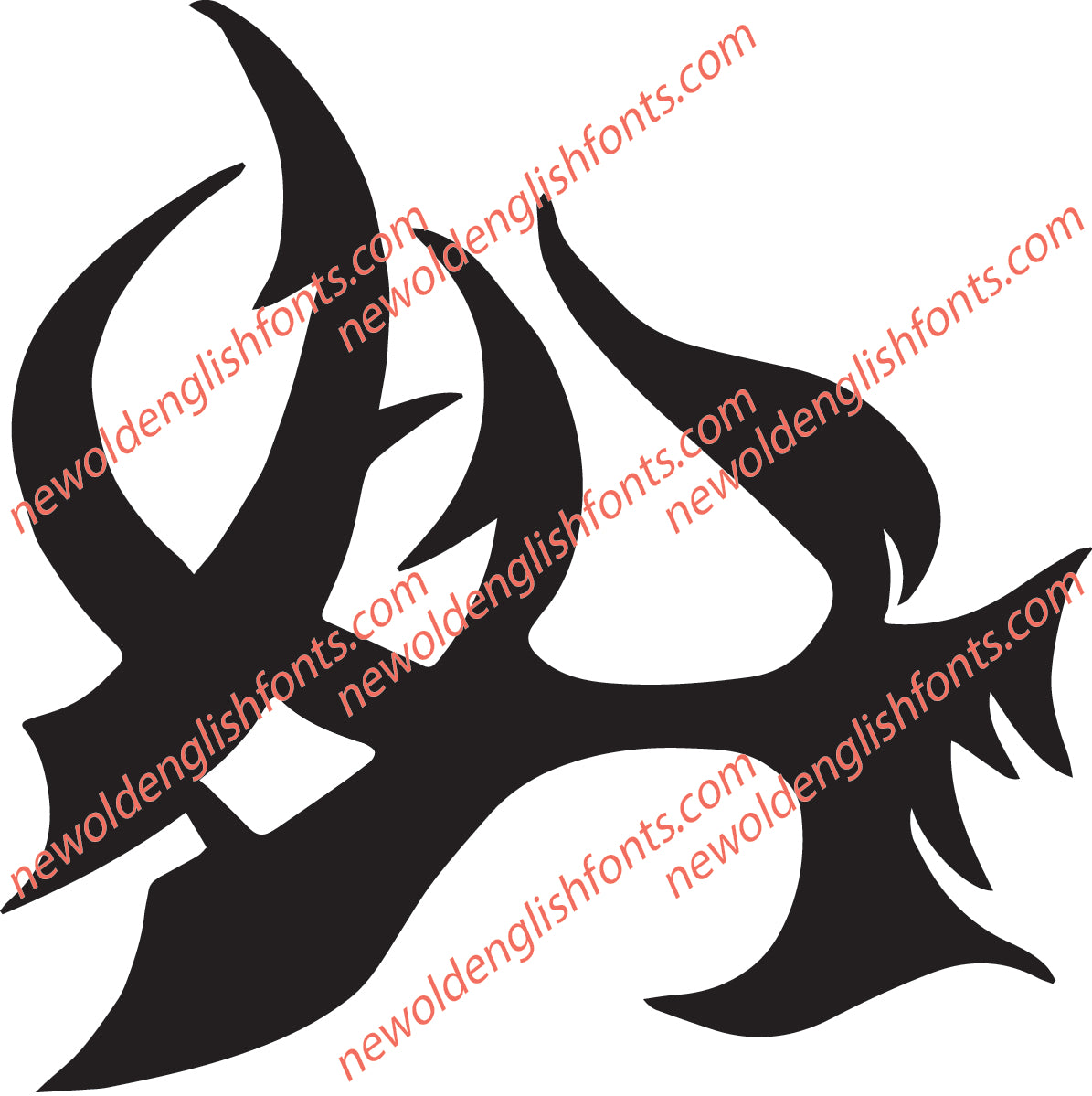
Long ago, when monks bent over their desks in candlelight, every stroke of the quill mattered. In those days, the alphabet was not quite as we know it now. Among the strange and lovely shapes were letters like þ (thorn), which made the “th” sound, and ð (eth), its softer twin.
But in the dark corners of old scriptoria, a curious rumor spread—that certain letters were not drawn by monks alone, but by bats. At night, when parchment still glowed faintly with ink, bats would flit in through the rafters, dragging their wings across the page. Their strokes were crooked, sharp, and spidery. Some scribes swore that the jagged forms of letters like ȝ (yogh) came not from human hand, but from the trembling mark of a bat’s wingtip.
In the morning, when the abbots inspected the work, they found letters strange and wild. Yet instead of erasing them, they kept them. The odd shapes became part of the alphabet, part of Old English itself.
And so, they whispered, when you see the twisting letters of old manuscripts, remember: not all were written by men. Some were left behind by bats, who once spelled the night.


